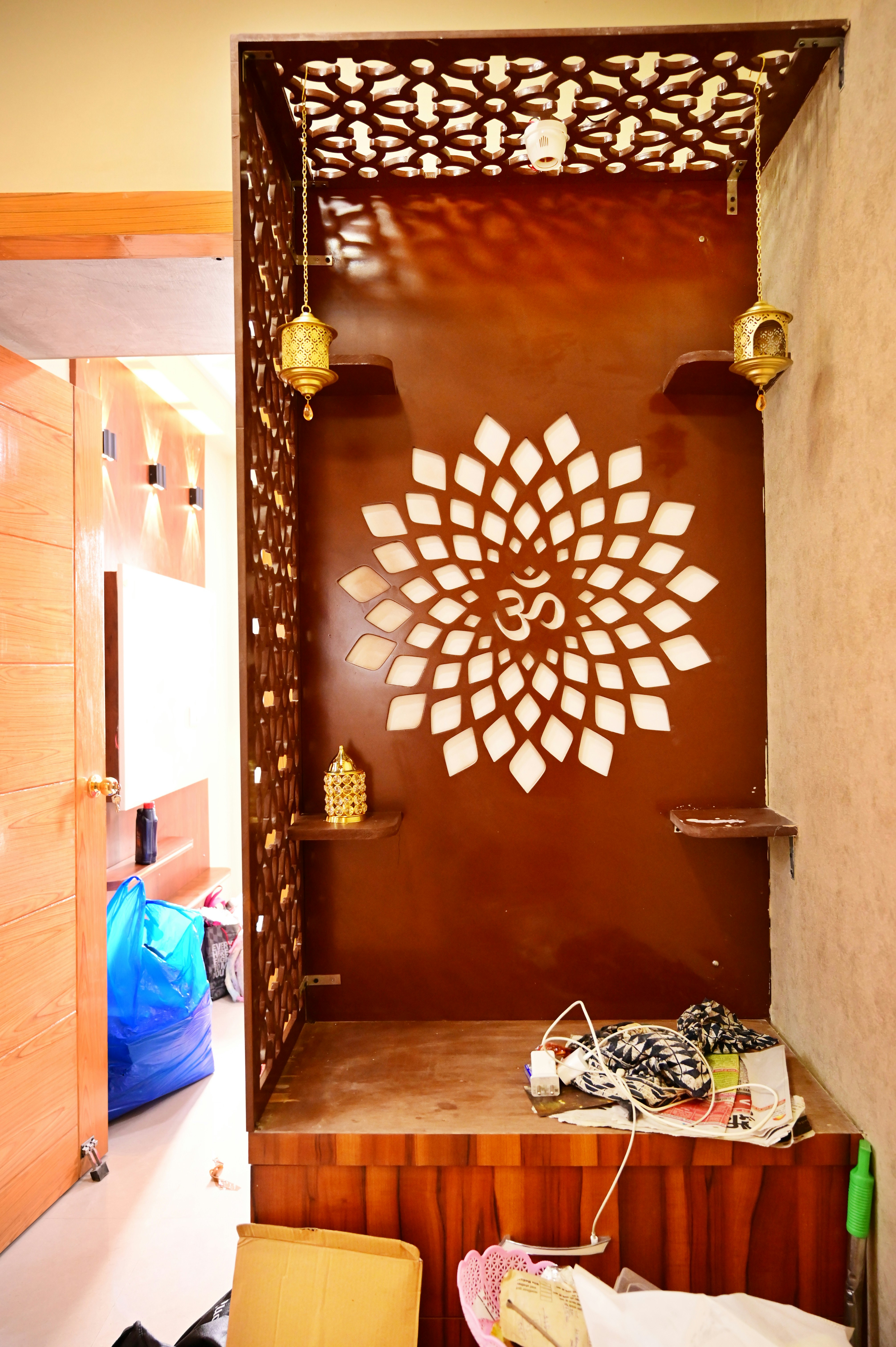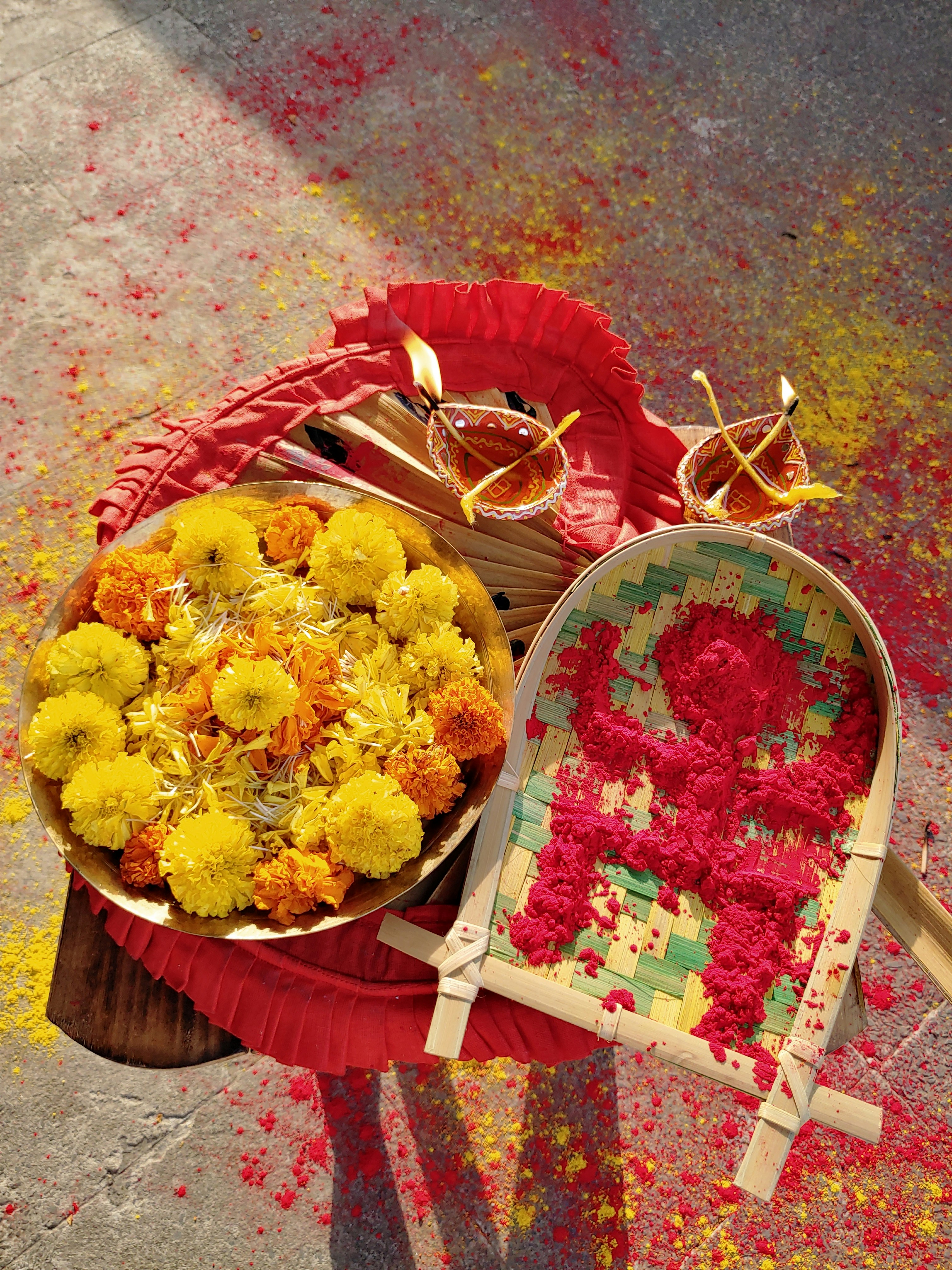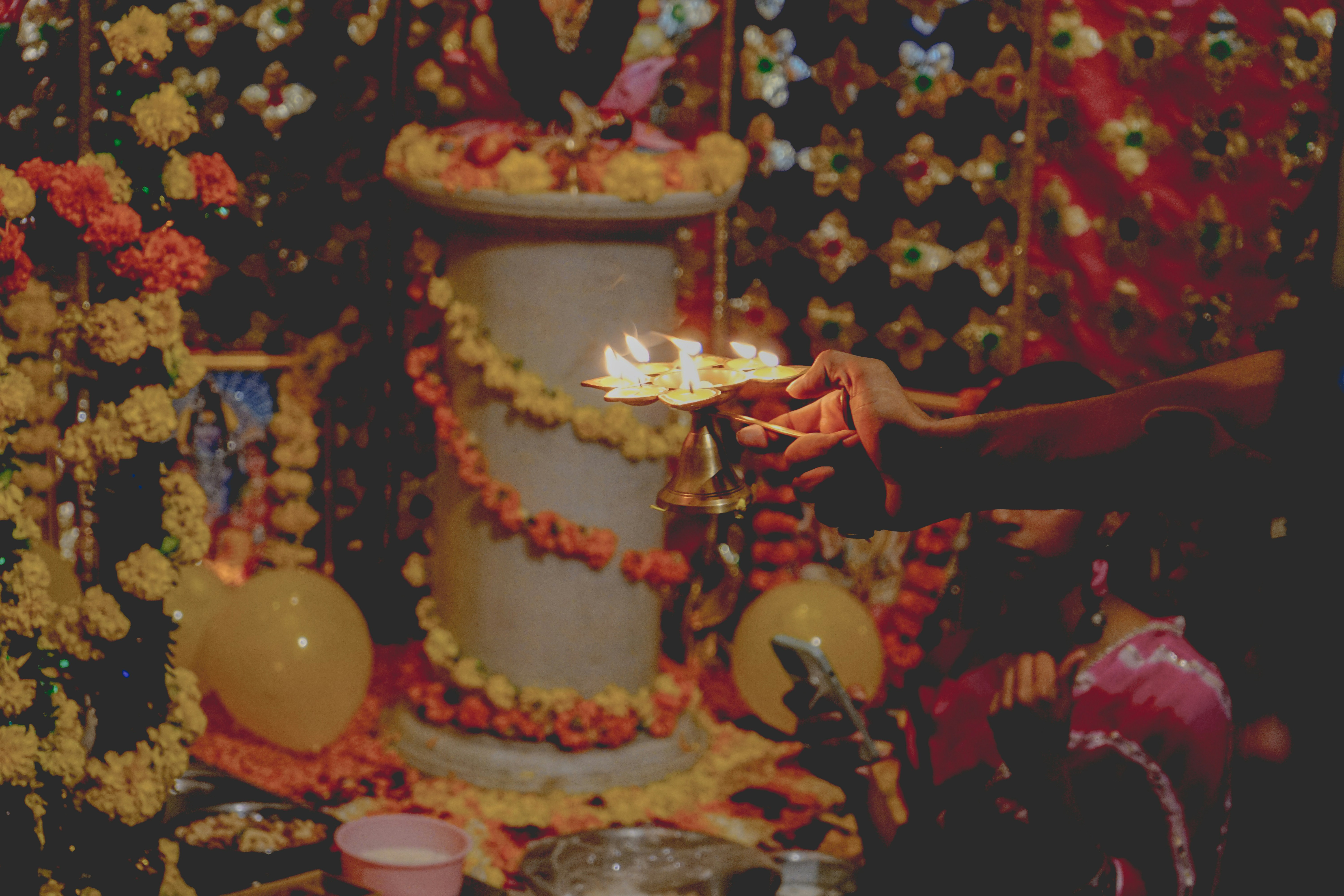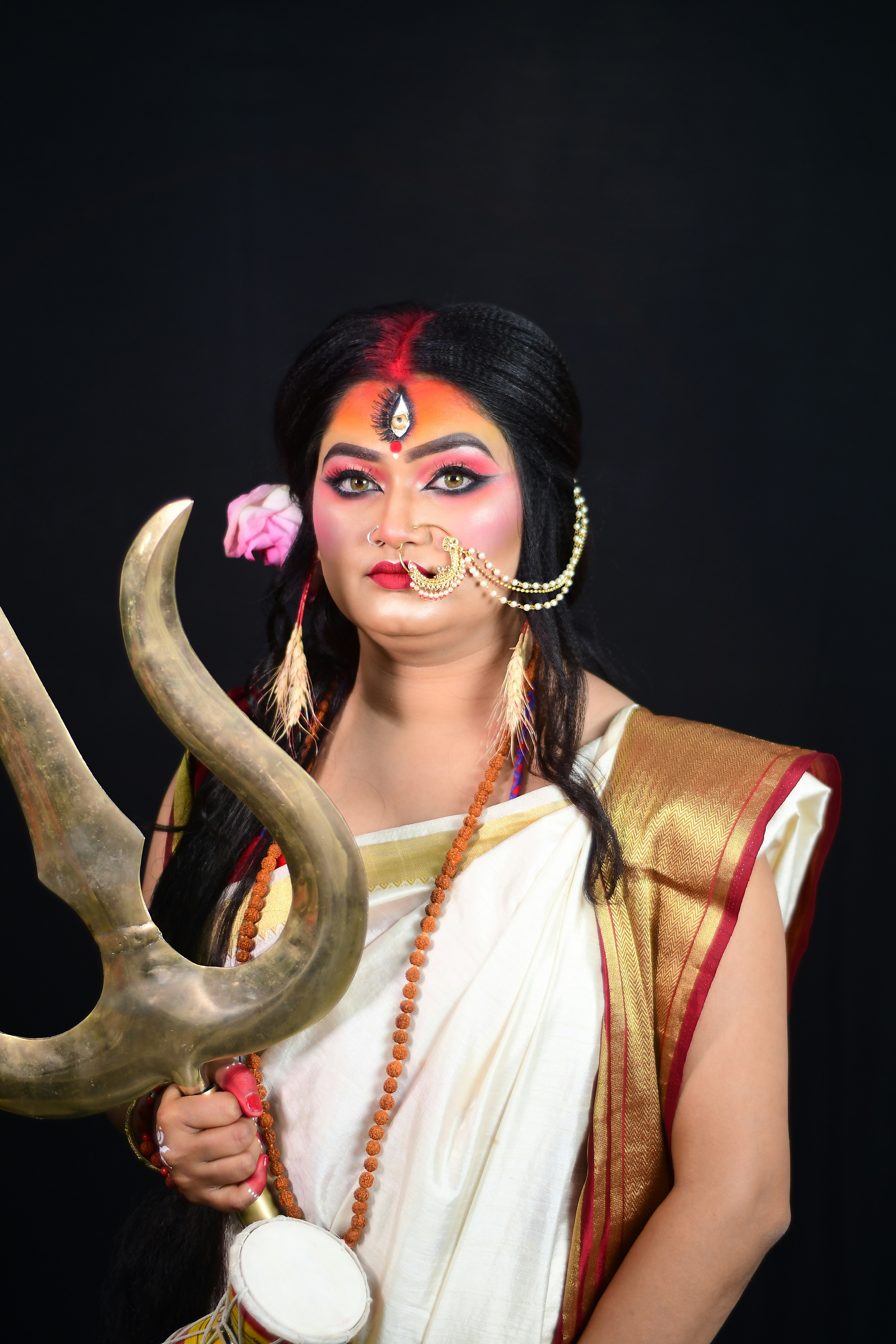Introduction to One-Sided Love
One-sided love refers to an emotional connection where one party harbors feelings of affection or romantic interest, while the other remains indifferent or unaware. This unreciprocated sentiment can lead to a range of complex emotional implications for the individual experiencing it. The imbalance inherent in one-sided love often results in feelings of frustration, sadness, and loneliness, as the person longing for emotional closeness struggles with the reality that their feelings may never be reciprocated.
Individuals caught in the throes of one-sided love may experience a myriad of common signs and emotions. These can include persistent thoughts about the other person, an overwhelming desire to spend time together, and a heightened sense of hope that the other party will eventually share their romantic sentiments. Feelings of insecurity and self-doubt are also prevalent, as the individual may question their worthiness of love or what they lack compared to the other person’s affections. Additionally, there may be a tendency to idealize the other person, overlooking their flaws and failures, while focusing solely on their perceived virtues.
Moreover, the emotional toll of one-sided love can be profound. It may lead to anxiety, depression, and a general sense of unfulfillment. For some, it becomes a unilateral emotional investment, where one person continuously contributes to a relationship that the other does not genuinely engage in. This can create a cycle of hope and despair, resulting in prolonged emotional turmoil for the person invested in the unreciprocated love.
As we delve deeper into the topic, it will be interesting to explore how certain zodiac signs respond uniquely to this phenomenon of one-sided love, offering insights into their emotional responses to such situations.
Understanding the Zodiac Signs
The zodiac signs, rooted in astrology, consist of twelve distinct constellations that reflect various personality traits, behaviors, and emotional responses. Each sign corresponds to specific dates and is believed to influence individuals’ characteristics based on their birth dates. This ancient belief system highlights the alignment of celestial bodies and their purported impact on personal attributes, including one’s outlook on love and relationships.
Each zodiac sign possesses unique qualities that define how they engage with others, especially regarding romantic attachments. For instance, fire signs (Aries, Leo, Sagittarius) are often considered passionate and energetic, while earth signs (Taurus, Virgo, Capricorn) are typically known for their pragmatic and grounded approach to life. In contrast, air signs (Gemini, Libra, Aquarius) often exhibit intellectual and communicative traits, while water signs (Cancer, Scorpio, Pisces) are usually characterized by emotional depth and sensitivity.
Within the context of love dynamics, zodiac signs can significantly influence beliefs about relationship engagement. Some signs are more likely to embrace reciprocal love, looking for connections that are mutual and balanced. Others may cultivate a viewpoint inclined toward intricate emotional dynamics, viewing love as a complex interplay that can include elements of sacrifice or selflessness. The intricacies of these traits ultimately guide how individuals perceive and respond to the concept of one-sided love. As love is a significant theme in human experience, understanding these zodiac traits can illuminate why certain signs may reject the notion of unreciprocated affection.
In each astrological category, the perspective on love is imbued with the essence of the corresponding sign, thus shaping varied beliefs surrounding this intricate subject. As we delve further into particular zodiac signs that do not embrace one-sided love, it becomes evident how these astrological characteristics play a crucial role in shaping their romantic ideologies.
The Role of Astrological Characteristics
The study of astrology reveals that each zodiac sign embodies distinct characteristics that shape their beliefs and attitudes towards love. Specifically, certain signs exhibit emotional intelligence that allows for deeper connections, making them less prone to accepting the concept of one-sided love. For instance, water signs such as Cancer and Pisces possess heightened sensitivity and empathy, deeply understanding the nuances of emotional bonds. This emotional acuity contributes to their belief that love should be mutual, rendering the idea of one-sided affection as fundamentally flawed.
Moreover, earth signs like Taurus and Capricorn are often characterized by their commitment levels. These signs prioritize stability and consistency in relationships. Their pragmatic nature often fosters a strong need for reciprocity, making them resistant to the notion of unreturned love. They perceive relationships as partnerships rather than one-sided enthusiasms, which shapes their rejection of unreciprocated feelings.
<pfurthermore, a="" air="" also="" and="" aquarius,="" are="" as="" attributes.="" balance="" certain="" communicative="" conversation="" crucial="" dismiss="" engage="" for="" fosters="" harmony="" ideals="" in="" incompatible="" interactions="" known="" libra="" libras,="" likely="" love="" love,="" love.="" mutual="" natural="" of="" on="" one-sided="" p="" particularly,="" partnership.
In conclusion, the characteristics associated with various zodiac signs contribute significantly to their beliefs surrounding love, particularly regarding one-sided emotions. Emotional intelligence, commitment tendencies, and social engagement shape their understanding of relationships, resulting in a strong aversion to the concept of unreciprocated affection. Each sign’s astrological traits inherently influence how they perceive and approach matters of the heart.
The First Zodiac Sign: Aries
Aries, the first sign of the zodiac, is known for its assertiveness and desire for strong connections in love. Individuals born under this sign are characterized by their boldness, enthusiasm, and a natural inclination to take the lead in relationships. This inherent assertiveness translates into their romantic inclinations, where they refuse to accept the idea of one-sided love. For Aries individuals, love should be an exhilarating exchange marked by mutual respect and passion.
Aries thrive on reciprocity and are driven by a strong need for their feelings to be returned in equal measure. This innate desire for balance makes them particularly averse to the concept of unrequited love. They believe that relationships should represent a two-way street where both partners invest their emotions and energy into building a meaningful connection. For an Aries, love is about forging a partnership wherein both individuals can express their feelings openly and ardently.
Moreover, Aries’ passionate nature often leads them to pursue relationships that reflect their vigorous energy. They are drawn to partners who are equally enthusiastic and willing to engage in activities that spark joy and adventure. A lack of enthusiasm or emotional investment from their partner can cause Aries to feel frustrated and undervalued, solidifying their stance against one-sided love. In their eyes, a relationship devoid of mutual passion cannot flourish; instead, it becomes an emotional burden that they are unwilling to carry.
In light of these characteristics, it is evident that Aries individuals are steadfast in their belief that healthy relationships should be built on shared feelings and efforts. This ensures that their love life remains vibrant, fulfilling, and free from the disappointment often associated with unreciprocated love.
The Second Zodiac Sign: Taurus
Taurus, individuals born between April 20 and May 20, are often characterized by their steadfast nature and strong desire for stability and loyalty in relationships. These earth signs value security in all aspects of their lives, especially in matters of the heart. When it comes to love, they tend to seek profound connections that are built on mutual understanding and commitment. As a result, Taurus individuals are typically dismissive of the notion of one-sided love.
The grounded nature of a Taurus means they approach romance with practical expectations. They fervently believe that both partners must equally invest emotions and efforts to cultivate a successful relationship. This outlook stems from their intrinsic need for stability; they thrive in environments where they feel secure and supported. Consequently, they interpret one-sided love as an imbalance that undermines their quest for solid partnerships. To a Taurus, love is an enduring contract that requires reciprocity and respect, rather than unrequited feelings.
Tauruses are also known for their loyalty, which further influences their perspective on romantic connections. They want to create deep and satisfying bonds, often leading them to gravitate towards relationships where they feel genuinely valued and appreciated. In their view, one-sided love fails to honor the foundational principles of trust and loyalty that they treasure. This belief is reinforced by their tendency to invest heavily in those they care about, seeking reflections of their affection and commitment in return. Consequently, Taurus individuals are unlikely to entertain relationships that lack this mutuality, steering clear of the emotional turmoil associated with unreciprocated sentiments.
The Third Zodiac Sign: Leo
Individuals born under the sign of Leo, which spans from July 23 to August 22, are known for their larger-than-life personalities and dynamic energy. With the sun as their ruling planet, Leos often exude charisma and confidence, traits that significantly influence their perspectives on love and relationships. One fundamental aspect of a Leo’s character is their need for admiration and validation from their partners, making them particularly averse to the concept of one-sided love.
Leos possess an innate desire to shine in their relationships, expecting their partners to reflect the affection and adoration they continuously offer. This expectation stems from their self-assured nature, which creates a strong belief that love should be reciprocal. When a Leo invests emotionally, they anticipate equivalent enthusiasm and devotion in return. This dynamic relationship style is fundamental to their perception of romantic love; anything less may be construed as a lack of interest or loyalty, red flags they cannot overlook.
The rejection of one-sided love is deeply rooted in their desire for shared experiences and warmth in relationships. For Leos, love embodies mutual respect, admiration, and acknowledgment. They are inclined to express love openly, wanting to feel seen and valued just as much as they elevate their partner’s spirits. Hence, in their eyes, a relationship devoid of balanced affection lacks authenticity and cannot fulfill their emotional needs.
Consequently, Leos are likely to end relationships where they feel unappreciated or emotionally neglected. This need for dual affection ensures that they seek partnerships characterized by mutual appreciation rather than unrequited feelings, demonstrating that for Leos, love must always be a two-way street. Their strong sense of self-worth and expectation of admiration makes them one of the zodiac signs that firmly reject the idea of one-sided love.
The Fourth Zodiac Sign: Capricorn
Capricorn, the tenth sign of the zodiac, is known for its pragmatic outlook on life and relationships. Governed by Saturn, individuals born under this sign exhibit a strong sense of responsibility and an unwavering commitment to their goals. This grounded nature extends deeply into their approach to love, where Capricorns value stability and mutual support. Their focus on long-term aspirations often makes them skeptical of one-sided love dynamics, which they perceive as inherently imbalanced.
In relationships, Capricorns seek partners who share a similar commitment to personal growth and joint achievements. They believe that love should be a partnership based on reciprocity, where both individuals contribute equally to the emotional and practical aspects of the relationship. This perspective stems from their belief that love should fortify their ambitions rather than detract from them. Consequently, the idea of one-sided affection, where one partner invests more energy and resources without reciprocation, is antithetical to a Capricorn’s values and beliefs.
Moreover, Capricorns are fiercely independent, valuing their autonomy alongside their relationships. This independence further fuels their skepticism towards one-sided love experiences, as they feel trapped or obligated in dynamics where their emotional needs remain unfulfilled. Instead, a Capricorn thrives in environments that encourage mutual respect and shared goals, enabling them to build meaningful connections with like-minded partners.
Ultimately, Capricorns are inclined to seek out relationships where both parties are equally invested. Their emphasis on practicality and mutual growth solidifies their belief that relationships should enrich lives, rather than create an emotional imbalance. Thus, one-sided love is generally dismissed by this zodiac sign, reinforcing their commitment to stable and equitable partnerships.
Summary of Zodiac Insights
The exploration of the four zodiac signs that eschew one-sided love provides valuable insights into their relationship preferences and the principles that guide their romantic endeavors. Each sign embodies distinct traits that underscore the importance of reciprocity in love. For instance, Aries is characterized by an inherent need for mutual passion and enthusiasm; they thrive in relationships where both partners exhibit equal intensity and commitment. This fervor for balanced affection ensures that Aries consistently seeks relationships that fulfill their need for shared energy and emotional investment.
Similarly, Libras prioritize harmony in their romantic connections. Their diplomatic nature compels them to seek partners who are equally invested, as they believe that love should be a collaborative venture. Moreover, they feel a strong aversion to unreciprocated emotions, often believing that without mutual affection, relationships become imbalanced and unsustainable.
Leos, known for their fiery spirit and desire for recognition, also stand firm against one-sided love. They seek admiration and respect in their relationships, and are unwilling to give their hearts to those who do not reciprocate their sentiments. This need for acknowledgment drives Leos to pursue connections where love is not only felt but actively celebrated by both parties.
Lastly, Capricorns rely on authenticity and stability in their relationships. They approach love with a practical mindset, valuing partnerships that reflect a mutual understanding and shared goals. Capricorns are less likely to engage in one-sided dynamics, favoring relationships that encourage both partners to invest equally in emotional and practical aspects.
In recognizing these traits, individuals can better understand their own inclinations towards reciprocated love, fostering healthier and more balanced relationship dynamics.
Final Thoughts on Love and Astrology
In the realm of relationships, the concept of mutual love and respect stands as a fundamental pillar. Observing how zodiac signs interact can offer intriguing insights into personal beliefs regarding love. While some individuals may find themselves in unreciprocated affections, others, shaped by their astrological traits, inherently reject the notion of one-sided love. These zodiac signs prioritize harmony and reciprocity, asserting that love should be a shared experience, not a solitary quest.
Astrology serves as a guiding framework, wherein each sign possesses unique attributes that inform their approach to relationships. For example, fire signs such as Aries, Leo, and Sagittarius often exhibit passion and assertiveness, leading them to seek partners who reciprocate their fervent affection. Similarly, earth signs, particularly Taurus and Capricorn, express their affection through consistency and loyalty, reinforcing their resistance to one-sided emotional investments. On the other hand, air and water signs display their feelings differently; however, they too emphasize the importance of mutual respect and communication in their romantic endeavors.
As individuals navigate their romantic journeys, it is vital to reflect on one’s zodiac sign and the implications it holds for emotional connections. Understanding one’s astrological tendencies can empower individuals to make more informed choices in love, fostering relationships that are built on mutual respect and shared values. By recognizing the traits associated with one’s sign, individuals can gain deeper insights into their behaviors and expectations in love, steering them away from unreciprocated feelings.
This exploration of love through the lens of astrology encourages personal growth and introspection. Ultimately, the significance of mutual affection cannot be overstated; it is the foundation upon which meaningful relationships are built. By embracing these insights, individuals can cultivate more fulfilling romantic experiences.







